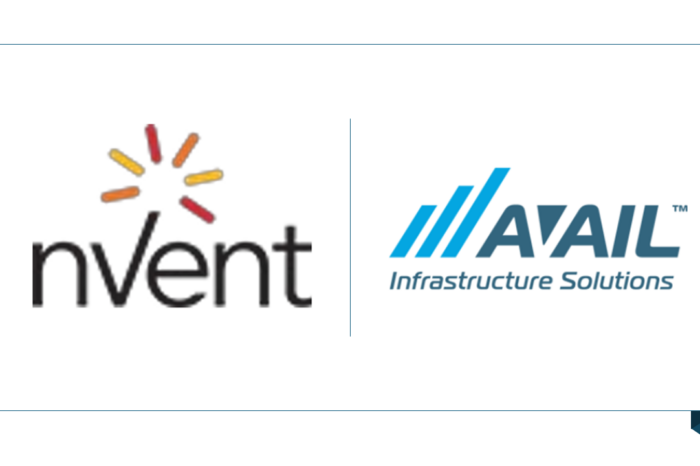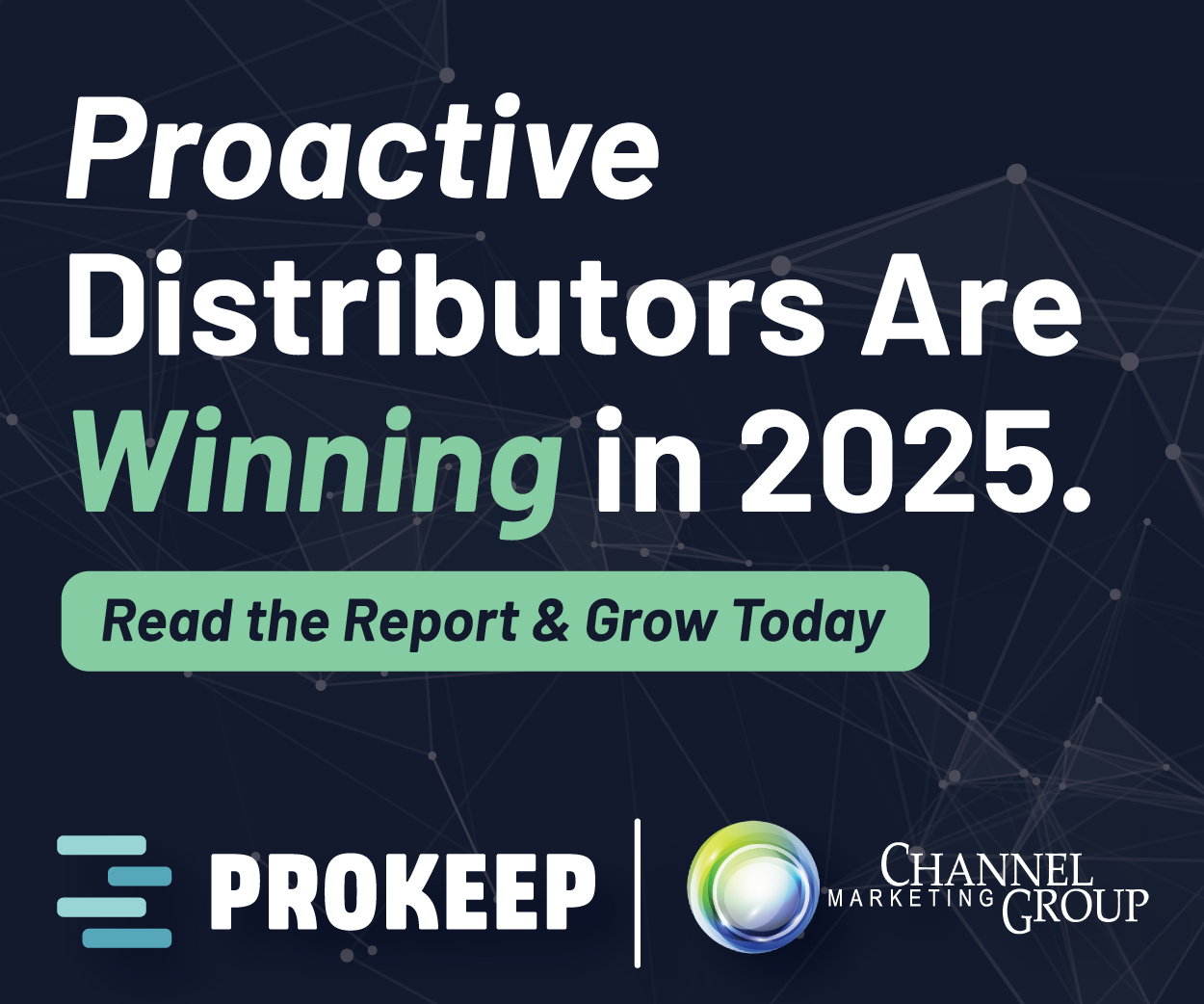Economic Insights to Support Sales and Planning
 At the end of June, we took a look at some of the opportunities in the residential market. We remain in a state of uncertainty. Whichever anecdote you prefer – seasonal fog and structural slog, or one foot out of the mud, but more slogging to go – the sentiment is consistent – uncertainty and slowdown. While there are positives from the One Big Beautiful Bill Act (OBBBA) signed into law on July 4, including:
At the end of June, we took a look at some of the opportunities in the residential market. We remain in a state of uncertainty. Whichever anecdote you prefer – seasonal fog and structural slog, or one foot out of the mud, but more slogging to go – the sentiment is consistent – uncertainty and slowdown. While there are positives from the One Big Beautiful Bill Act (OBBBA) signed into law on July 4, including:
- More funding for workforce training, which is desperately needed to address worsening labor shortages.
- Helping homeowners in high tax areas, primarily the Northeast, by extending the State and Local (SALT) tax deductions to $40,000 through 2029
- Expanding the low-income housing tax credit for builders who create or rehabilitate affordable rental properties. expected to produce or preserve more than one million additional affordable rental homes between 2026 and 2035. Combined with making permanent Opportunity Zones, which provides tax incentives to develop in certain low-income areas.
- Restoring tax deductions for mortgage insurance, which is generally used by homebuyers putting down a smaller down payment than required by mortgage lenders and averaged over $2,000, the last year it was available
- Several other provisions were made permanent, including the 20% deduction for qualified business expenses, a 100% bonus deduction for qualified real estate property transactions and the $30 million per couple exemption on the “death tax”
Thes combination of these provisions eliminate some of the uncertainty over the tax and spending issues, however, there remain concerns over tariffs, consumer confidence and inflation.
This is shown by a recent contractor index survey by the Farnsworth Group. The research showed that contractors are less confident about business prospects now than they’ve been for the past couple of years. The primary reason is tariffs on products such as lighting and appliances. On the other hand, the survey showed that remodelers remain busy, and their backlog is higher than anytime since 2022.
Recent research from Zonda, which closely tracks the residential market, shows that new home sales are slowing, despite builders offering more incentives and consumers are not responding favorable to discounts in many markets.
As usual with economic statistics, there are mixed results – all may not be dour and foggy, as indicated by Dodge Construction Network as their Dodge Momentum Index jumped 6.8% in June. signaling renewed energy in large-scale and complex nonresidential projects. Commercial planning climbed 7.3%, while institutional planning increased 5.7%, according to the report.
Commercial Construction
Data center planning remained elevated,, and warehouses, and recreational facility projects accelerated, while there is caution in education, hotels, and retail, driven by economic uncertainty, slower consumer spending and uncertainty over project financing (i.e., Yale University pausing 10 projects due to federal funding uncertainty). Overall momentum appears strong. Planning activity is 20% higher than last June, and institutional planning is up 46%.
Some additional data points…. durable goods orders, the outlook for homebuilding and inflation.
Industrial Insights
New orders for manufactured durable goods rose to $343.59B in May, its highest level in history. This represents a 16.4% increase from the previous month, the largest monthly jump since 2014, and a 19.8% rise from one year ago, the largest annual change since 2021. The latest reading was nearly double than the projected 8.6% monthly increase. However, this was largely driven by the transport sector and aircraft in particular as Boeing received an order for 303 aircraft including from Quatar Airlines alone after the meeting with President Trump. Peeling this back to business CAPEX, it remains muted with the shifting trade policies, rebounding 1.7% in May after declining 1.4% in April. Are durable goods orders a canary in the coal mine of inflations tariff-induced recovery?
It will be important to see durable goods report in July, and in subsequent months, for hints of if manufacturing is picking up momentum and where inflation may be emerging.
Residential Market
In terms of homebuilding, Zonda, a data driven consulting company that informs, advises and connects housing industry experts, leveraging the deep information, insights, and people that move the industry forward, just hosted their quarterly housing market update webinar for 3Q25. The theme of a slowing market with closings plateauing and starts beginning to decline was reflected in the statistics they track. A leading indicator is new home clicks on searches, which has been on a downward trend since early 2024 and are down nearly 9% year-over-year. While community counts are healthy, the number of communities a developer is working on, the number of starts per community are flat or down, with a marked slowdown in the number of spec houses. Builders are also offering more incentives, yet the market is still slow as consumers are not responding favorably to discounts in many market locations. There just is not an urgency in the market with tariff turmoil, job stability concerns and no movement in interest rates.
A slowing housing market is a leading indicator of a broader pullback of the economy, since in addition to the transaction itself, most often home purchases carry along a cascade of additional purchases, everything from lights to paint to appliances and yard equipment. And there are other headwinds holding back the housing market, namely obstacles rooted in state and local government regulations and rising building and labor expenses
In NAHB’s recent analysis, Inflation rose to a four-month high in June as consumer prices began to reflect tariff policy. The Consumer Price Index (CPI) increased from 2.4% in May to 2.7% in June year over year. Despite the increase, core inflation came in softer than expected, suggesting full tariff impacts may push inflation even higher in the coming months. Meanwhile, housing inflation continued to show signs of cooling. . A large portion (more than 40%) of the core CPI is the housing shelter index, which increased 3.8% over the year — the lowest reading since November 2021. However, the latest report on producer prices was unchanged, with wholesale inflation remaining under control. However, consumer prices and producers prices do not always move in tandem.
Just too early to tell, and tariff policy will no doubt continue to gyrate – for 2 types of wholesale goods that are heavily imported, furniture and electronics, furniture prices rose 1% from May and home electronics rose 0.8%, while prices at steel mills fell 5.5% despite Trump’s hefty 50% tax on imported steel. With auto retailers’ profit margins dropped 5.4%, this suggests that car dealers ate the cost of the 25% tariff on some imported cars and auto parts. This will not continue.
In addition, some companies bought products before Trump rolled out his tariffs and have relied on those inventories to keep a lid on prices. However, those inventories are running low and the plans to impose stiff tariffs (such as 25% levies on Japanese and South Korean imports) starting August 1 will start to impact.
This validates the findings of Channel Marketing Group’s Q2 Pulse of Lighting and Q2 Pulse of Industrial Supply (email us if you would like a free copy) reports, as distributors reported limited impact of tariffs so far due to timing with the effective date late Q2. Distributors expect tariffs to impact more in Q3 and then to carry forward. And data for the remainder of the summer, leading into the fall will definitively tell us what track we are on.
Bottom line from the dog days of summer…. hang on, we are reaching a point where the economy could tilt either way and keeping abreast of this constantly changing environment is more critical than ever.
If we can be of assistance to your 2026 planning by adding some economic or market research, please reach out to me.






















